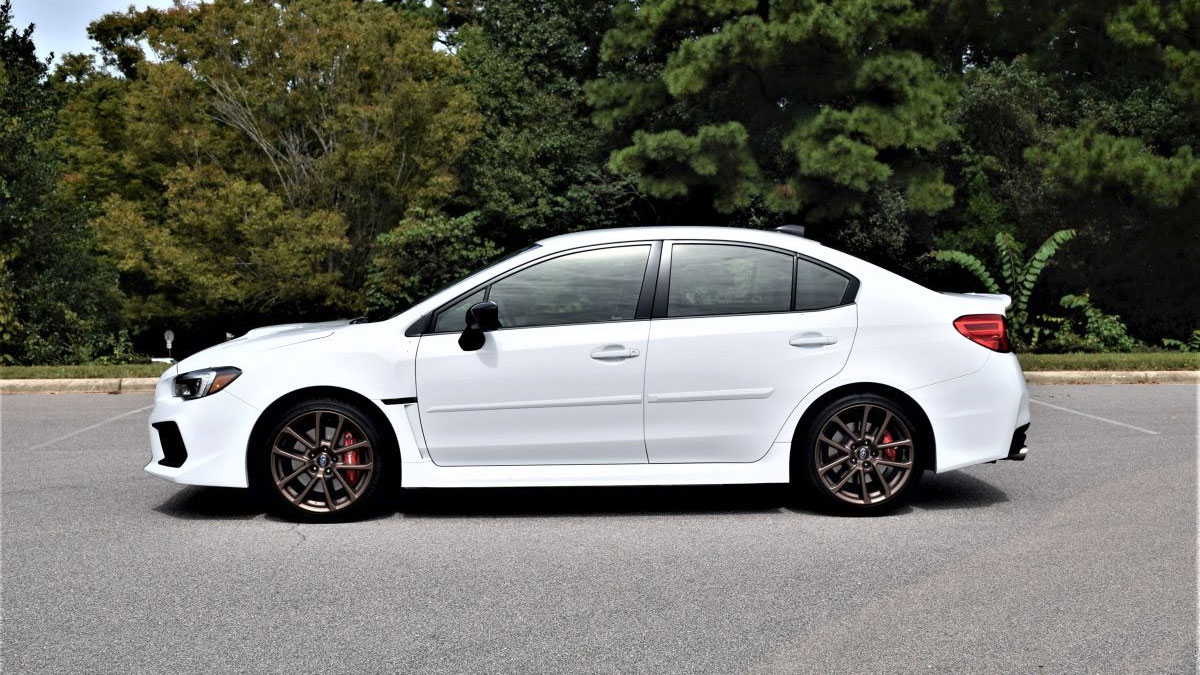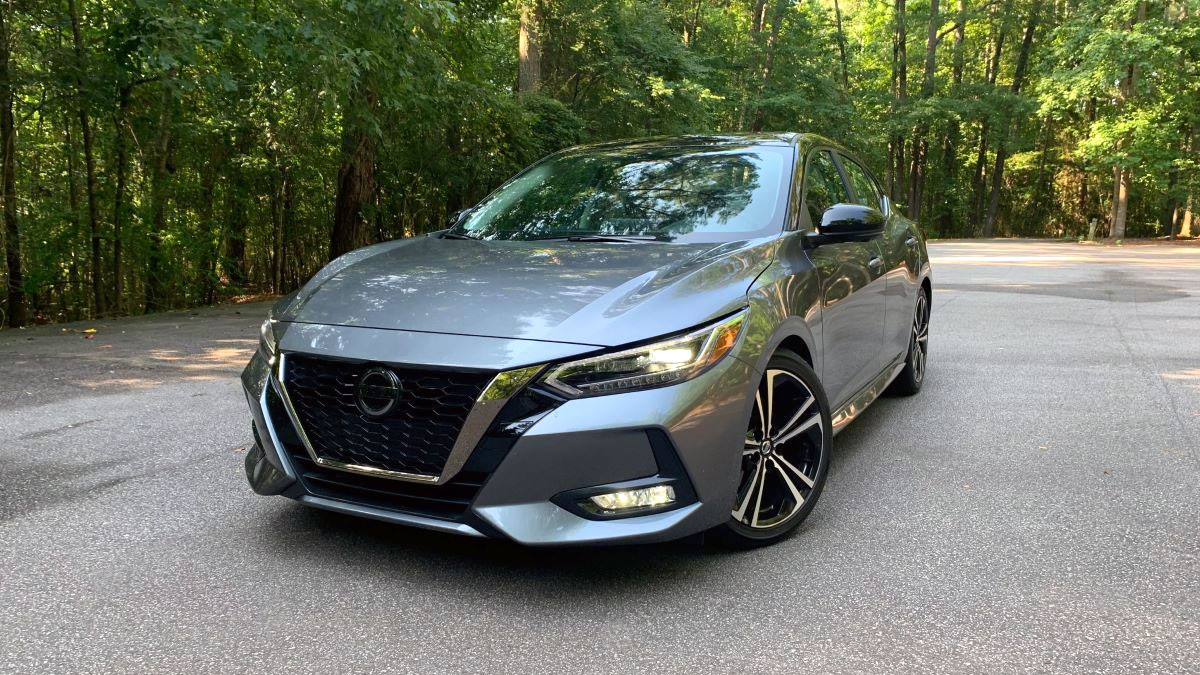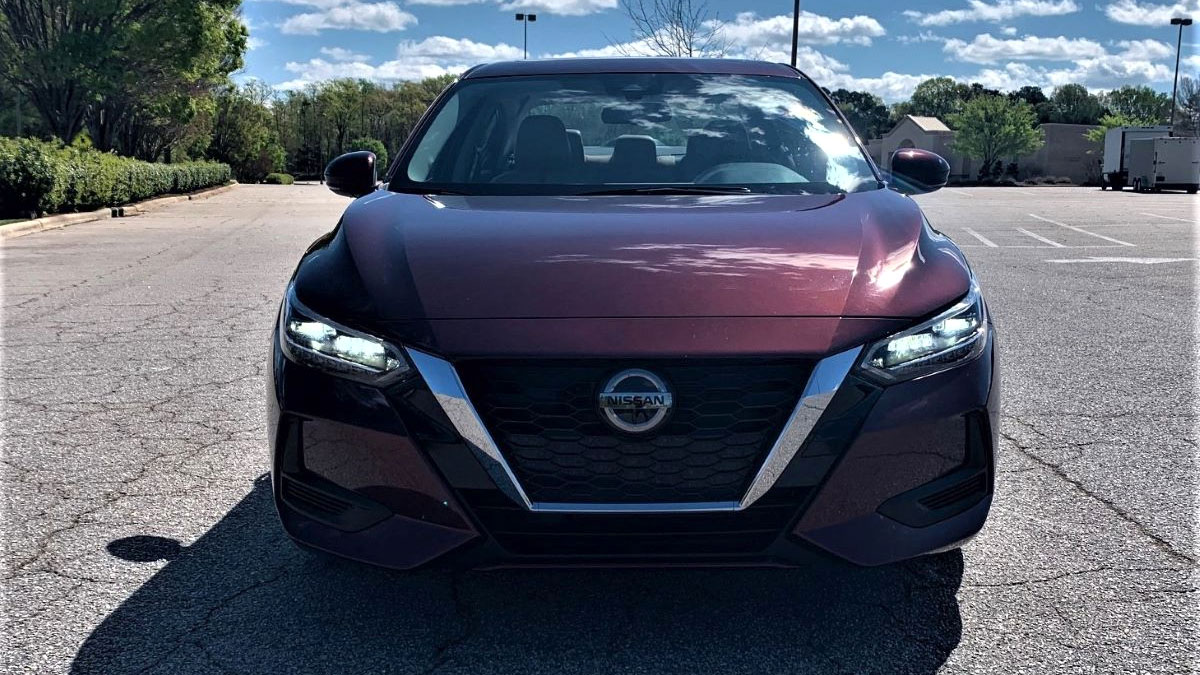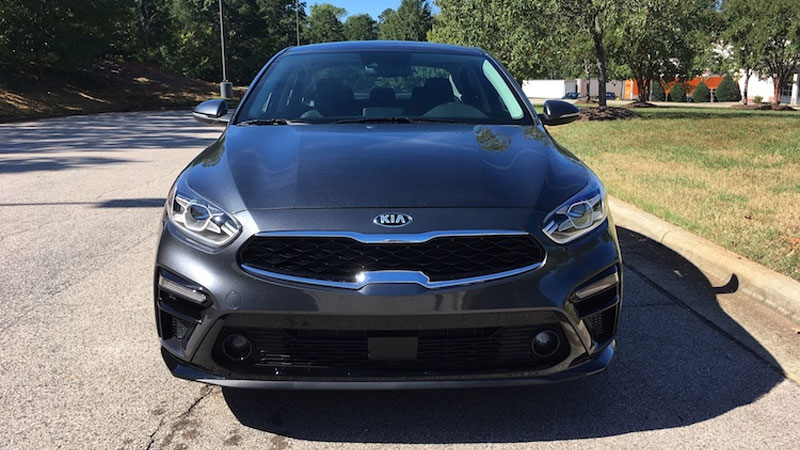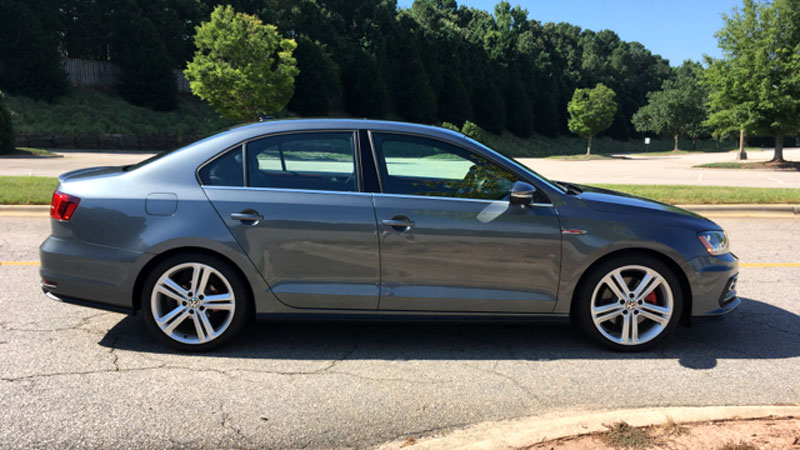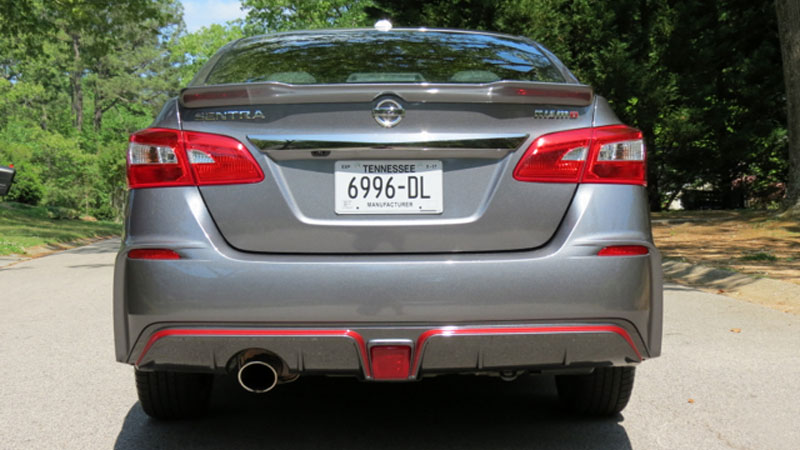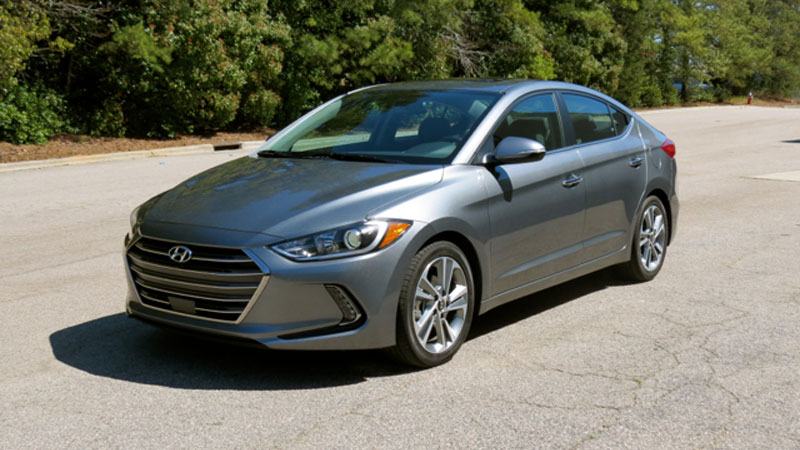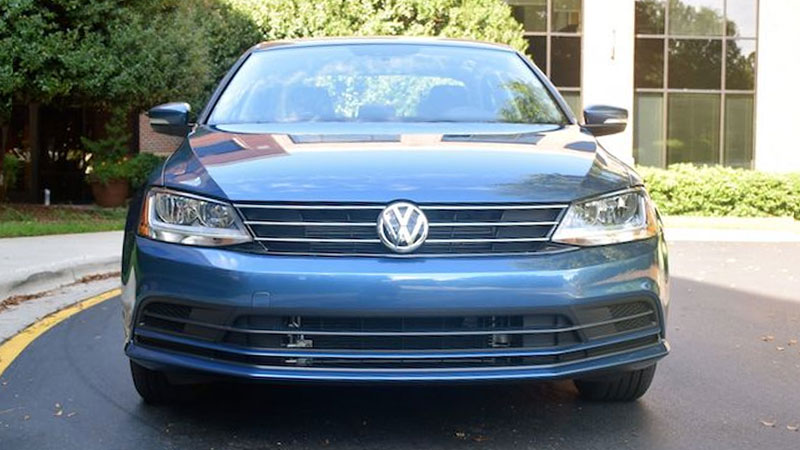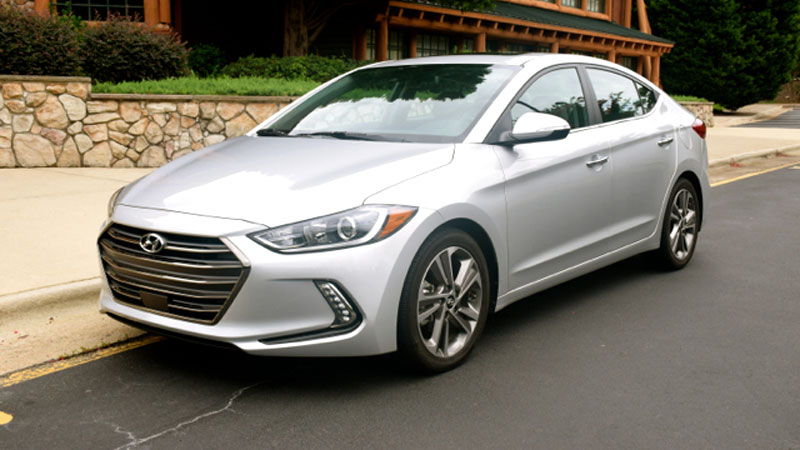2020 Subaru WRX Showcases Its Performance Chops
Subaru’s WRX pulls out all the performance stops. Compact sedans typically are Point A to Point B models that deliver an admirable blend of cost, standard amenities, and efficiency. Most models can be had beginning from under $20,000, with well-equipped models costing just a few thousand dollars more. Subaru takes … Read more

